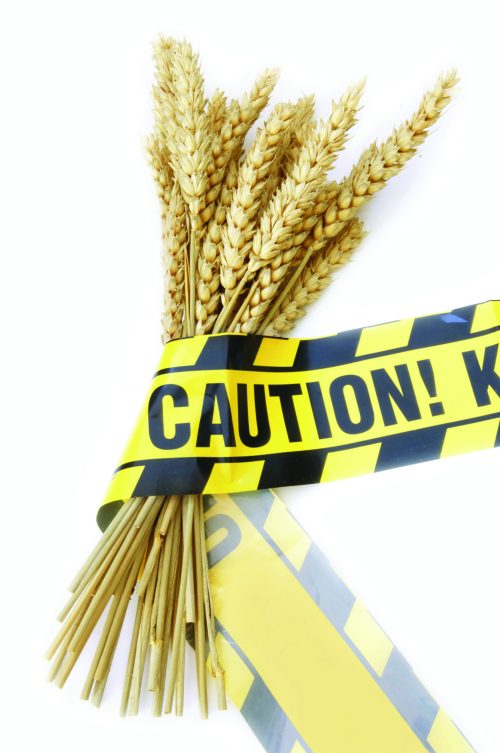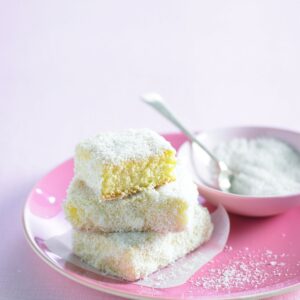
A diagnosis of coeliac disease means a gluten-free way of life — and for many, freedom from pain and discomfort.
Every year at the Gluten Free Food & Allergy Shows around the country, I meet people who tell me stories of transformation. They often start the same way: a long time — sometimes a lifetime — of feeling unwell, below average or just knowing something wasn’t quite right. Then, finally, a diagnosis of coeliac disease. This is usually followed by an incredible sense of relief, firstly, at getting an answer to the nagging question of “What’s wrong with me?”
Then comes the part where people start to feel better; their guts start to heal and they begin to thrive, sometimes for the first time. Stories of children diagnosed with coeliac disease often go this way and parents feel incredible relief at having found what’s been wrong.
After that, of course, comes the challenge: living with the new ‘rules’ of life without gluten. But for most, it’s a price worth paying.
It’s worth remembering that while we often think of having to be gluten-free as a problem, it is in fact, for many people, a really fantastic solution. It can be the difference between lethargy and energy; between unwell and well. For some, it can have seriously beneficial long-term effects for health.
The number of diagnoses of coeliac disease is increasing as health professionals learn more about the condition and have it on their radar, and as diagnostic techniques get better. This is only a good thing — it means more people’s lives are being changed for the better.
More diagnoses also means more gluten-free foods available — and they are getting better and healthier too.
In the early days of gluten-free manufacturing, many products were substitutes for regular highly-refined and processed foods. Lots of them were not very good — chalky, dense and unappealing bread and gluey pasta.
Many of them were also pretty junky. As we know, just because something is gluten-free, doesn’t mean it is healthy, and there has been an abundance of gluten-free junk and treat foods emerge over the years which no-one, gluten-free or not, really needed.
These days it’s possible to get more quality gluten-free foods that are also seriously healthy. As well as all the whole foods which are naturally gluten free, there are now lovely gluten-free grainy breads that are high in fibre; gluten-free pasta that tastes and feels like regular pasta and shares similar nutrition; and gluten-free cereals that are not just tasteless, fibre-less filler. Manufacturers are to be applauded for this — and long may they continue.
www.healthyfood.com










